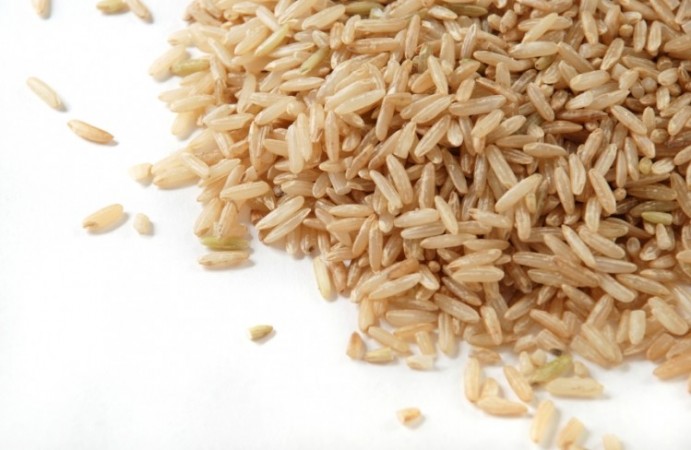
AISA: In Asia, where at least 2 billion people depend on rice as a staple food, rising fertiliser costs have prompted warnings from international food experts that rice prices are on the rise. After four years of abundant harvests, rice had remained largely affordable, but with natural gas trade now at historic highs having followed the Russia-Ukraine conflict and natural gas being a key component in most fertiliser production Prices are now anticipated to rise.
All of the major fertiliser producers, with the exception of China, which relies on coal, use natural gas as their primary raw material to create the ammonia that accounts for about 80% of the fertilisers used globally.
The Rice Crisis:
The UN Food and Agriculture Organization and the World Bank had come to the conclusion that rice prices would decline in the second half of this year as recently as April due to the crop's easy accessibility. But as the Ukraine conflict dragged on with no end in sight by June, both had revised their predictions, along with leading food policy institutes from around the world, to account for the impact of record gas prices on the price of fertiliser.
Fertilizer accounts for about one-third of the cost of growing the four most important grains in the world: rice, wheat, maize, and barley. The only one of the four that had proven resistant to price increases up until recently was rice. According to Baffes, the prices of all four have collectively "basically tripled" since 2020, with the latter three largely responsible for the increase in the world grain index.
The war has made the crisis worse, but the pandemic's effects on the world economy are what first gave rise to it. Fertilizer costs increased by 80% last year as a result of high demand, tight supply, and higher input costs, according to the World Bank. Following Russia's invasion of Ukraine in May of that year, they had increased by an additional 30%. Since then, prices have slightly fallen, but they are still very high.
Meehan of Independent Commodity Intelligence Services noted that high freight rates were also a problem as the war further disrupted the world's maritime trade, which was already struggling to recover from earlier pandemic shutdowns. About 15% of the ammonia used to produce nitrogen-based fertilisers in India last year came from Russian imports, as did about 10% of the fertiliser imports in Thailand, Vietnam, and Malaysia and more than 15% of the imports in Indonesia.
the Russian invasion of Ukraine is "hugely to blame" for the current fertiliser shortage.
According to the UN food agency and World Bank, global rice production is anticipated to remain more than adequate through the end of this year, supported by top producers China and India, which made up 51% of the world's total output in 2016.
Analysts said that China which was the world’s top exporter of phosphate fertilisers before imposing restrictions last year that it has yet to lift and India were safe from some of the worst effects of the crisis by protectionist policies and rice stockpiling.
UN says India to surpass china as most populous country in 2023
China works to sustain economic growth in H2
China's June factory inflation falls
SoftBank in an awkward position as US-China heats up